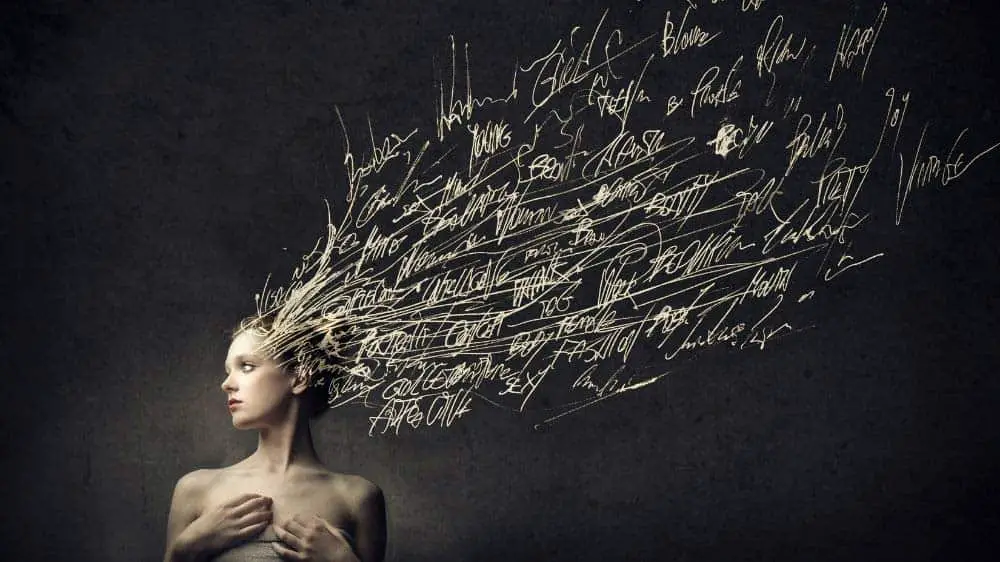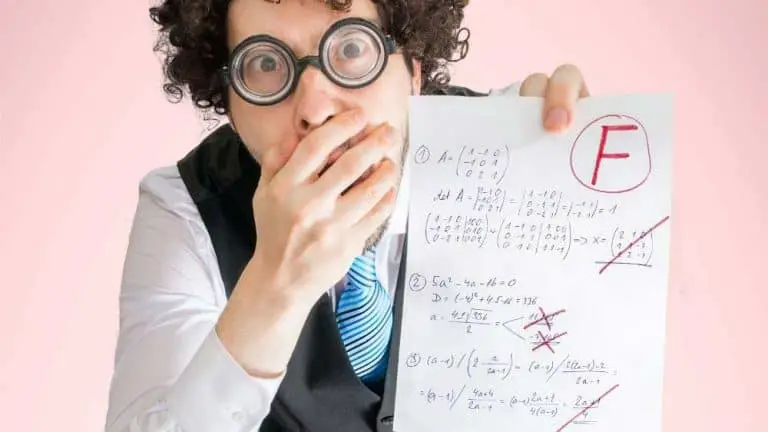Can an Artist Change Their Signature? (Explained)
One of the most surefire ways to identify the creator of a work of art is to…well…check for the artist’s signature! Over the years, artists have included iconic signatures on their art that immediately allude to their status as the creator of the work—but what would happen if that artist wanted to change their signature?
Artists can indeed change their signature at any point in their career. In fact, there is more freedom when it comes to artist signatures than there are rules. Artists can keep the same signature for their entire career, change it, or omit it altogether—it is entirely up to them to decide.
If you’re interested in learning more about artist signatures, you’ve come to the right place. In this article, we’ll cover why artists can change their signature at any time, why they may keep them the same, and why they may choose not to use a signature at all.

(This article may contain affiliate links and I may earn a commission if you make a purchase)
Artists Can Change Their Signature at Any Time
After perfecting their signatures through trial and error, many artists choose to keep the same signature for a very long time (perhaps through their entire art career). However, that doesn’t mean that they can’t change their signature at all—indeed, they can. In fact, artists can change their signature any time they want.
Perhaps an old signature that they once loved hasn’t stood the test of time. No big deal! It’s all up to the artist—there’s no governing body that dictates how and when an artist can do anything with their signature.
This begs the question: why would an artist choose to change their signature at all?
Why Would an Artist Change Their Signature Style?
While it’s certainly more popular to create a signature and keep it for the long-haul, artists could have any number of reasons for wanting to change their signatures during their careers. Some common reasons artists change their signatures include:
- The artist has grown out of their old signature and feels a different style would suit them better.
- They are an amateur artist that hasn’t found their perfect signature just yet.
- The artist has undergone a name change and needs to update their signature to match their new name.
- The artist’s artwork has changed, and they feel a need to match the signature to their new art style.
- Their current signature’s shape takes up too much or too little space on the work for what the piece involves.
While these are all reasons artists may want to change their signature, more artists keep their signatures than those that change them. Many factors may compel artists to keep the same signature over their entire career, which we’ll cover in the next section.
Why Would an Artist Want to Keep Their Signature?
Many artists choose to keep their signatures for a long, long time. As mentioned earlier, many artists have the same signature for their entire career, adding to their recognition. Artists may be more inclined to keep the same signature for a variety of reasons, including:
- A signature makes an artist’s work more immediately recognizable as their art by the public, and a new signature takes some time for the public to recognize.
- Lots of time and trial and error goes into creating the perfect signature, and it can be a pain to restart this process.
- If an artist is relatively popular and their iconic signature on a piece adds value, they may not want to change it in an attempt to avoid potentially de-valuing the work.
- The artist may wish to honor tradition, as artists have signed their work with iconic signatures for thousands and thousands of years.
As mentioned before, it’s clear that there is more freedom when it comes to artist signatures than rules. Artists are mostly free to do as they please with their signatures.
But where exactly did all of this signature stuff come from, anyway?
Historical and Contemporary Significance of Artist Signatures
Over the years, millions of famous artists (and not so famous artists) have been in the practice of signing their work with an iconic signature. Some of the earliest recognized works with signatures on them date back to the 1200s (see Giotto’s art.) This is clearly a pretty long-lived trend in the art world.
We know that adding signatures to work can add value and increase an artist’s recognizability, compelling many artists to keep the same signature over the years. An artist signature is also used as a tool in art appraisal/determining if a work of art is real or fake.
In fact, the artist’s signature can tell you more about a piece’s authenticity than the art itself, oftentimes. To a art historian, an artists signature is an important clue when it comes to determining the authenticity of a print, painting, sculpture or other original artwork.
Artist signatures are also very symbolic. Signing a piece of art symbolizes that the work is officially done, the artist is satisfied, and the work is finally ready for either purchase or viewing. Generally, if a piece of art is signed, it’s complete.
That said, not all artists (even from eras gone by) signed their work. Some artists chose/choose to omit their signature on their work entirely, leaving only the art for viewers to enjoy. But with all these perceived benefits to signing artwork, why would an artist choose to leave out their signature?
Why Do Some Artists Choose to Omit Their Signature?
Not every artist is in the habit of signing their work. There are several practical reasons an artist may choose to omit their signature altogether rather than include one:
- The inclusion of a signature on the piece could negatively affect the work’s composition. It can be a pain to find the perfect spot on the piece to sneak a signature into without sacrificing something. Some artists would rather not include a signature than risk how it may affect the structure of the overall work (Source: Empty Easel).
- Artists may also feel that a signature takes away from the feeling or meaning of a piece of art. Artist signatures have the potential to be distracting when viewing art, and some artists may feel that the portrayal of the meaning is more important than someone recognizing them as the artist, especially if it distracts them from it.
- Other artists don’t like the idea of signing it to symbolize its completion. Many artists feel their work could always be improved somehow, and the artist themselves will never be fully satisfied with any work. Adding a signature implies that the artist is officially satisfied and/or finished, and some artists may want to continue working on their pieces in the future.
- This last reason is quite personal, but true nonetheless—some artists don’t feel worthy enough to have their work branded by their own signature. Whether it’s apathy, insecurity, or even spiritual reasons, some artists feel they shouldn’t brandish their artwork with a signature that says, “This is my name, and I made this art!”
There are clearly many diverse and valid reasons that an artist would prefer to keep their signature, change their signature, or omit a signature altogether. It’s up to the individual artist to consider their priorities and decide what they’d like to do with it.
In Summary
Artists are free to change their signature at any point—whether it’s because they’ve grown out of their previous signature, they’re an amateur artist who hasn’t discovered their perfect signature yet or a plethora of other reasons.
Artists can also keep the same signature for virtually their entire careers or omit a signature altogether, depending on their priorities. Experiment with these options to decide which one suits your needs best.








